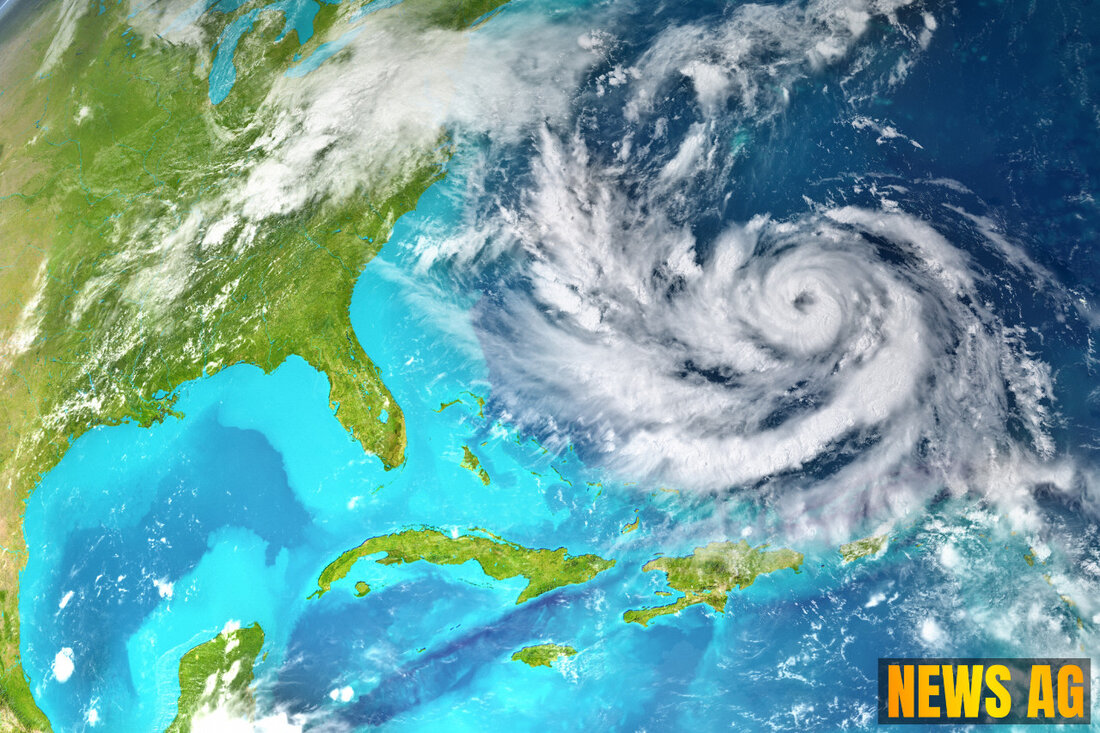Florida's A1A Highway Gets $100M Shield Against Hurricanes and Erosion!

Flagler Beach, Florida, USA - Florida’s coastal infrastructure is facing its biggest challenge yet, and local communities are banding together for a great cause. A major reconstruction project is currently in the works for stretches of State Road A1A, a critical highway running over 300 miles from Fernandina Beach to Key West. With significant risks due to its close proximity to the shoreline, A1A has seen its fair share of storm-related damage from hurricanes such as Matthew, Dorian, and Nicole.
The Florida Department of Transportation (FDOT) is stepping up with a robust investment of over $100 million aimed at installing buried seawalls. These structures are designed to protect the roadway from hurricanes and erosion, while preserving the natural charm of the coastline. Buried beneath sand dunes and vegetation, they maintain the beach’s aesthetic while offering the necessary resilience against the elements. The design of these seawalls is based on a successful model tested at a nearby beach during a Category 3 hurricane.
Storm-Proofing Infrastructure
Hurricane Ian in 2022 was a wake-up call that underscored the vulnerability of Florida’s coastal infrastructure, especially bridges. In response, the FAMU-FSU College of Engineering has taken the initiative to strengthen these structures. Assistant Professor Scott Wasman is leading a study funded by FDOT aimed at improving resilience standards for bridge abutments during hurricanes. Using numerical modeling simulations, the research focuses on hydrodynamic loading and will redefine coastal engineering practices across the state.
This $395,000 endeavor promises not just to strengthen individual structures but to enhance the overall safety for communities connected by Florida’s barrier islands, so often threatened by severe weather. By emphasizing collaborative research with the U.S. Army Corps of Engineers, they are paving the way for actionable solutions that will prepare communities for the challenges posed by climate change.
Coastal Communities Unite
Meanwhile, the Florida Resilient Coastlines Program (FRCP), managed by the Department of Environmental Protection, continues to provide essential assistance to coastal communities. Their mission is clear: facilitate collaboration in addressing issues like flooding, erosion, and habitat shifts. The program provides funding and technical support to help local establishments assess vulnerabilities and develop strategies for resilience.
Under the FRCP umbrella, natural infrastructure solutions are being emphasized—think coral reefs, mangroves, and oyster reefs, all playing a vital role in defending against environmental challenges. The Florida Adaptation Planning Guidebook, a culmination of five years of research, is also available for communities looking to enhance their adaptation planning and preparedness.
As these significant projects come to fruition, it’s clear that there’s something to be said for proactive planning. By investing now, Florida is not just mending the past; it’s building a sturdy, resilient future for its coastal regions. With the ongoing construction of seawalls on A1A and employment of innovative engineering solutions, we are taking vital steps to ensure safety and sustainability for generations to come.
| Details | |
|---|---|
| Ort | Flagler Beach, Florida, USA |
| Quellen | |
